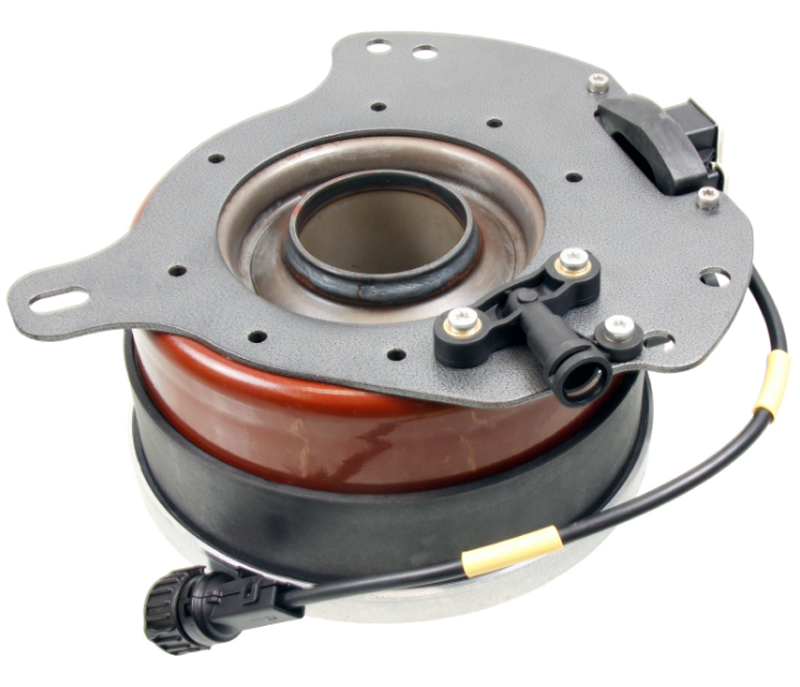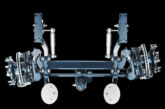Top tips on clutch servicing

Clutch specialist febi shares everything you need to know about pneumatic concentric slave cylinders and some top tips on servicing them.
In commercial vehicles, the clutch system is an essential component that ensures smooth power transfer between the engine and the transmission. The traditional mechanical clutch actuation systems have evolved to meet the demands for better fuel efficiency, improved driving experience, and reduced driver effort. One of the significant advancements in clutch technology for commercial vehicles is the development of electronically controlled pneumatic clutch actuation. This system offers numerous benefits, including improved efficiency, reliability, and automation.
The concentric slave cylinder is crucial for transferring the necessary force to the pressure plate to disengage the clutch. It is a wear item since it overtakes the function of the release bearing and the clutch actuation mechanism from mechanical clutch actuation systems.

Function of the system
With electronically controlled pneumatic clutch actuation, the clutch is actuated via a pneumatic concentric slave cylinder, which is precisely controlled in its release travel by a control unit via a special valve. The system automatically records the data transmitted via the CAN bus, such as engine and transmission speed as well as the accelerator pedal position and uses this to determine the optimum release position. This supports the driver in demanding driving situations, such as manoeuvring, starting uphill with a heavy load or on slippery roads.
Recalibration necessary!
After replacing clutch parts or the concentric slave cylinder, recalibration must be carried out using a suitable diagnostic device. The vehicle manufacturer’s specifications must be observed. Calibration is necessary for the following reasons, among others:
● Recalibration of the travel sensor.
● Detection of component wear by the control unit.
● Compensation for free travel.
● Faster response behaviour.
● Comfortable starting.
● Comfortable manoeuvring.
● Recalibration of the biting-point (describes the moment at which the clutch slowly engages, and the force is transferred to the transmission input shaft).
If the concentric slave cylinders are not calibrated after the repair, an error message may appear in the vehicle display. The clutch may slip when starting off and the vehicle may be difficult to manoeuvre under load.

Please note!
Calibration problems can arise if the vehicle’s compressed air supply is insufficient or the air pressure is too low due to a blockage in the coarse or fine air filter. Besides the parts for pneumatic clutch actuation like concentric slave cylinders, febi offers a wide range of clutch components including clutch discs, pressure plates, release bearings and release forks.









